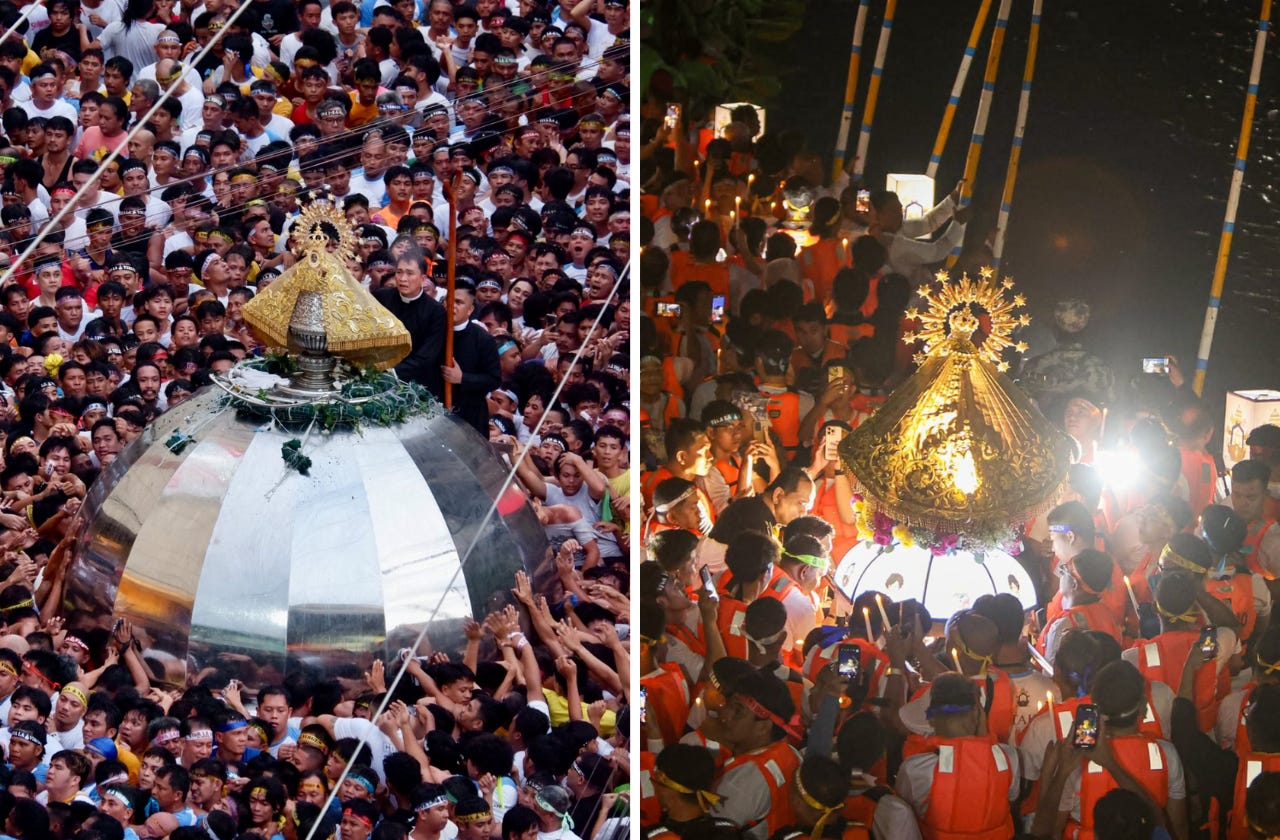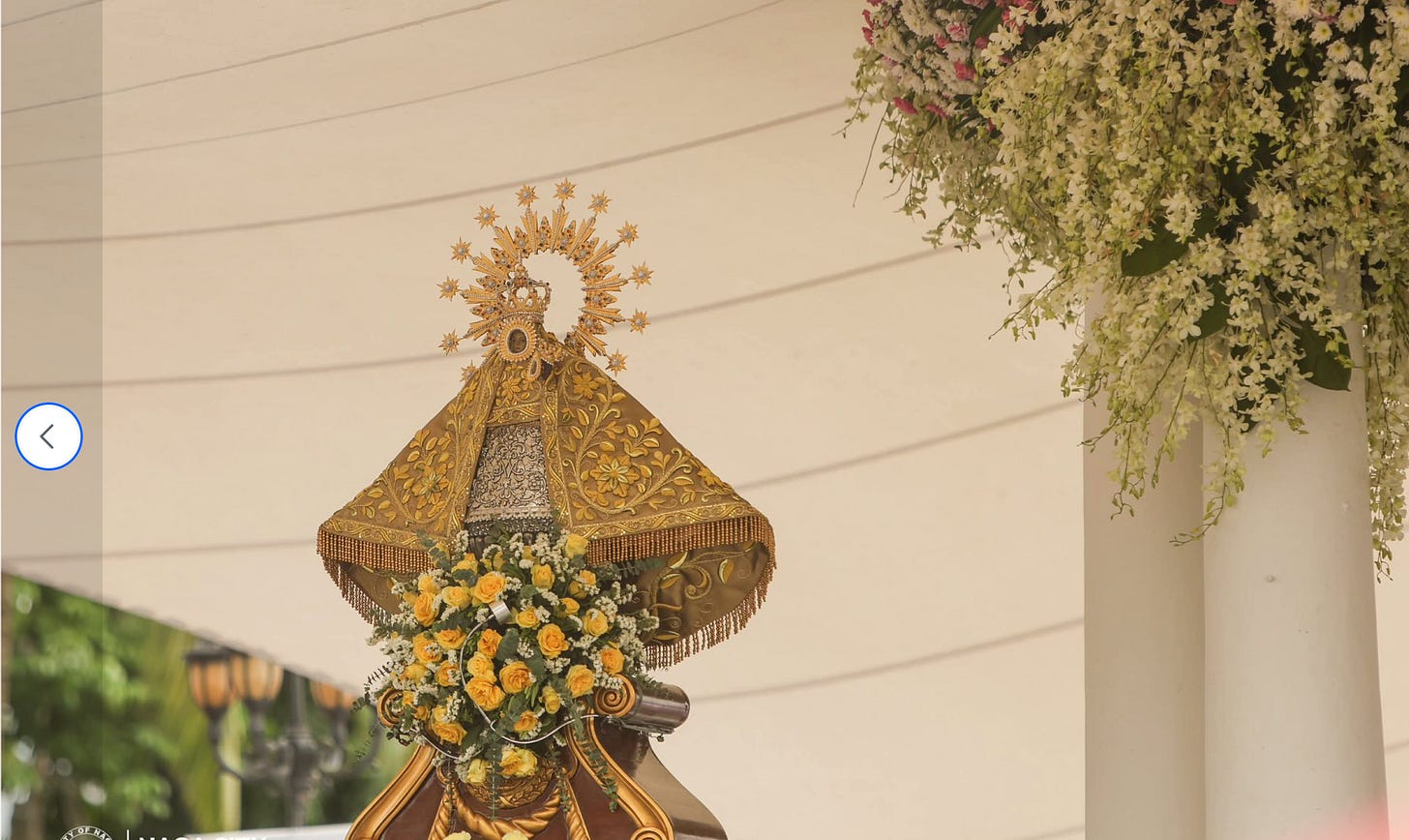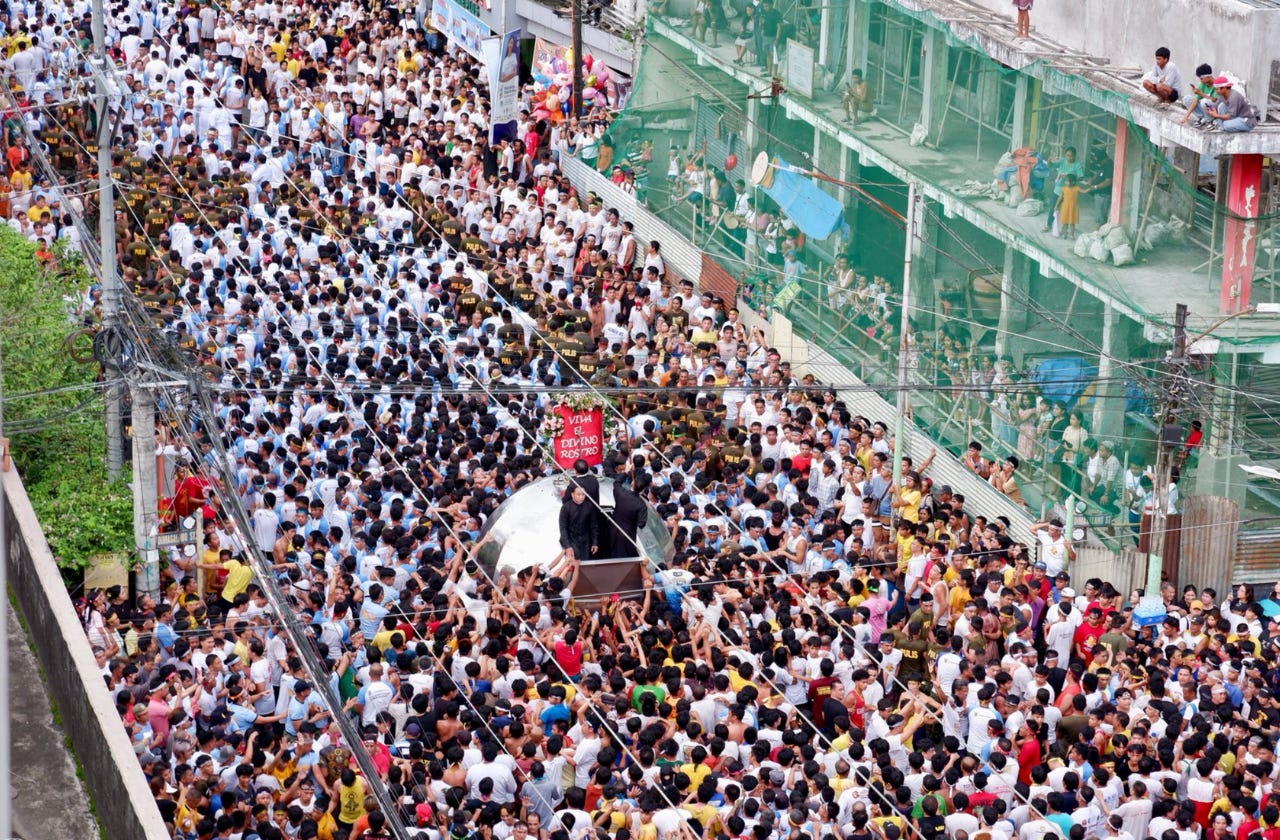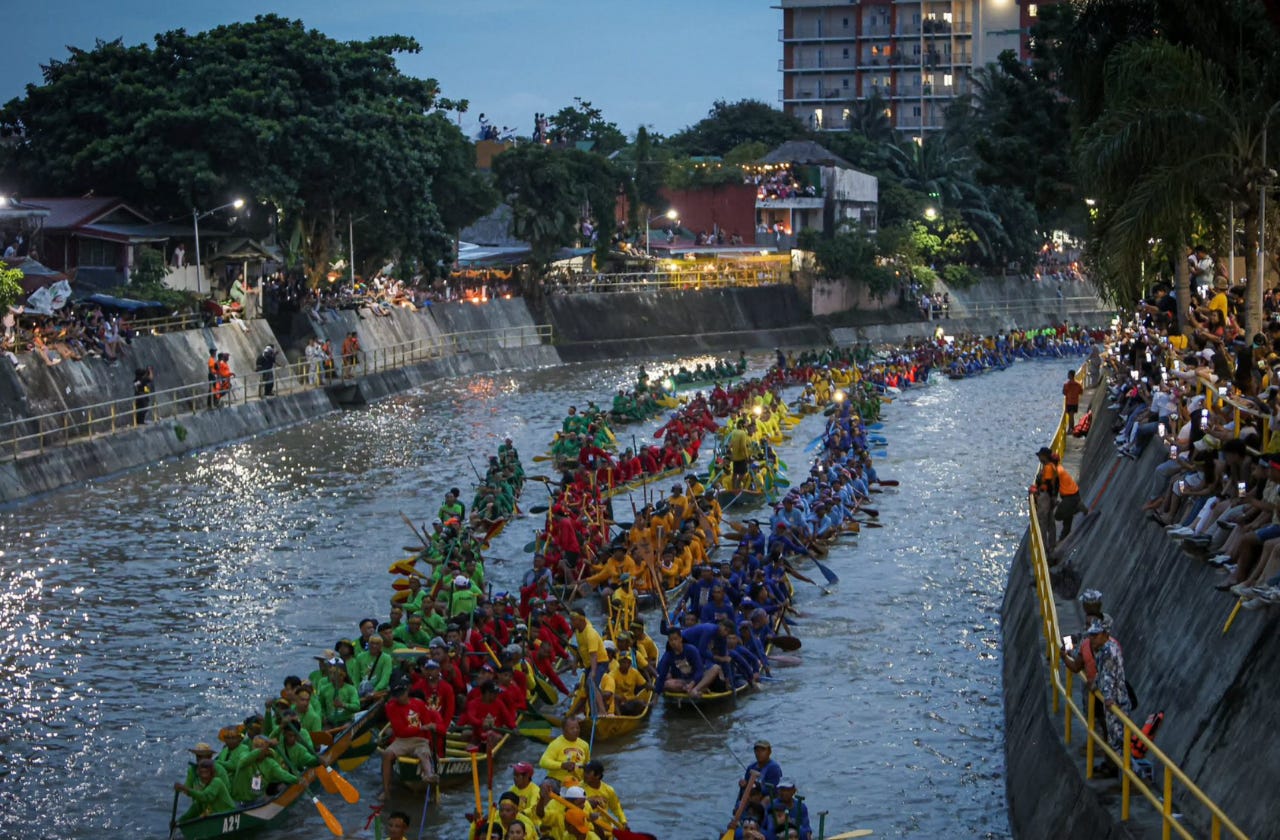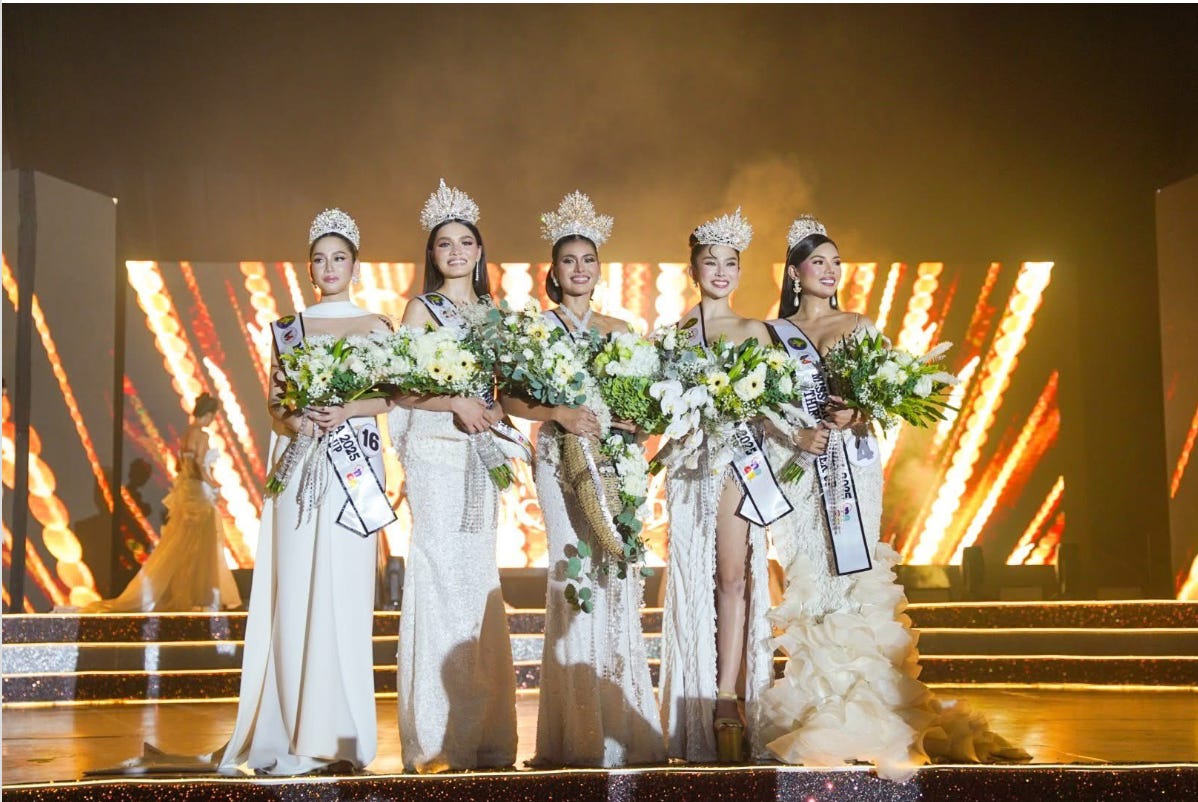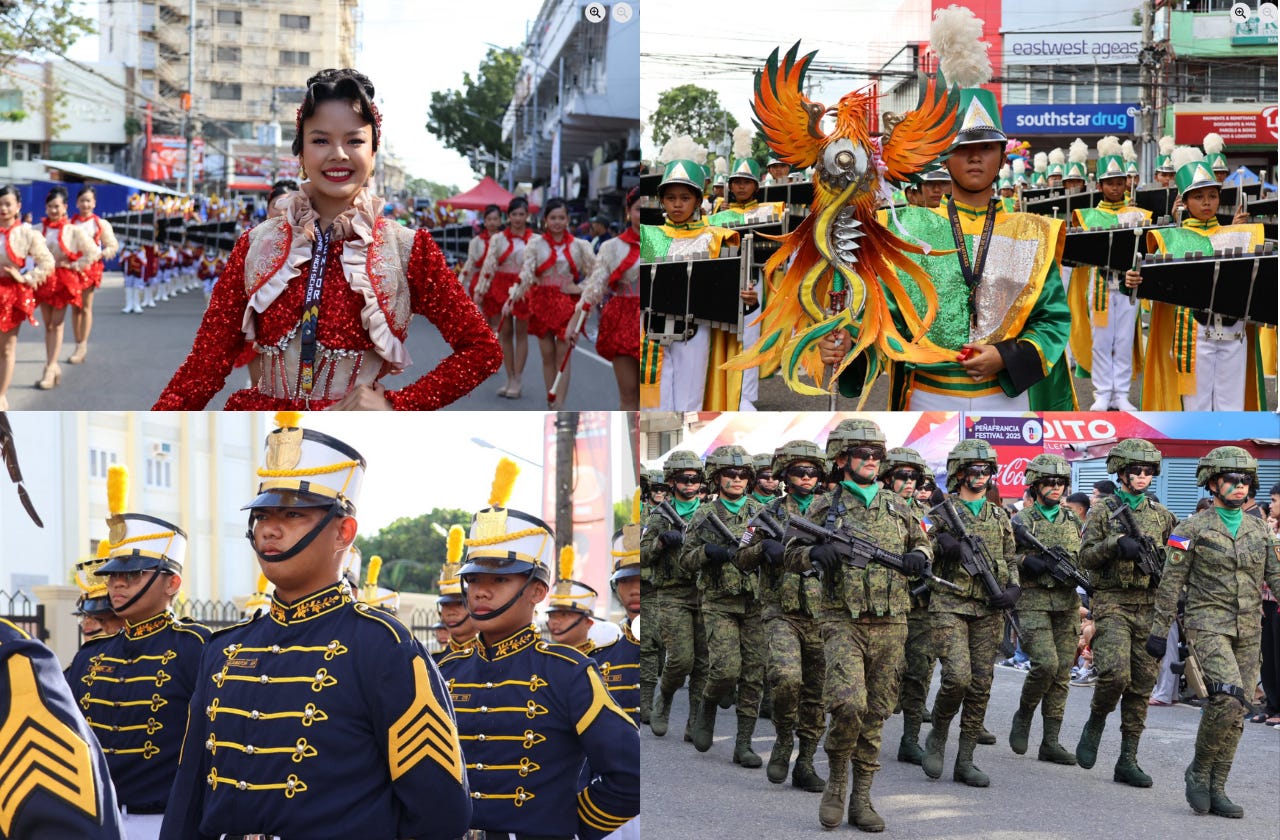The Peñafrancia Festival
A Nagueña’s account of the grandest Marian celebration in Asia.
How does the Maogmang Lugar (Happy Place) of Bicol celebrate their fiestas? By turning the whole month into one big celebration, of course!
Right in the heart of Bicol lies Naga City, fondly called “An Maogmang Lugar” (A Happy Place) and known as the Pilgrim City of the region for being the center of devotion to their patroness, Our Lady of Peñafrancia.
Every September, the city transforms into the stage of the biggest Marian celebration in Asia: the Peñafrancia Festival. Thousands of devotees, pilgrims, and tourists flock to the city to pay homage to their patroness, and experience the fiesta in honor of Her along with the Bicolano spirit.
The festival is a month-long celebration of faith and culture. From solemn religious traditions like the Traslacion and Fluvial Procession to lively city events such as colorful parades, school exhibitions, carnivals, and trade fairs that showcase Bicol arts and culture, Naga truly lives up to its name as the Happy Place of Bicol.
Ina at the Center of the Festival
Our Lady of Peñafrancia is lovingly called Ina by Bicolanos. This means “mother” in Bicol, a tender word that reflects how we see Her: a mother who listens, comforts, and protects her children. That’s why we, locals, speak of Her as one would a mother—with respect, warmth, and admiration as if talking to our own.
Even Her image is that of a loving matron, holding the Child Jesus in her arm. She is usually depicted wearing a richly adorned gown in shades of gold, red, or white, often embroidered with intricate details with a golden crown resting on Her head.
With Ina being the theme of all the activities, the festival is a way of giving thanks to our Ina for Her intercession, whether for the blessings we received, protection during hardships, or answered prayers.
Three-Century-Old History
In 1710, exactly 315 years ago, Spanish priest Fr. Miguel Robles de Covarrubias' brought his devotion to Nuestra Señora de Peñafrancia to Naga. Devotees soon began attributing miracles to Her intercession, until the image became a symbol of faith, healing, and unity for Bicolanos.
The devotion expanded in 1864 when Bishop Francisco Gainza of Nueva Caceres formalized the Traslacion Procession where Ina's image is transferred from the Basilica Minore to the Naga Metropolitan Cathedral, and the Fluvial Procession where Her image is returned by a boat along the Naga River. These traditions have continued for more than 160 years, forming the major events of the festival today.
The Traslacion Procession
The Traslacion Procession marks the official start of the Peñafrancia festivities and nine-day Novena in honor of the Patroness of Bicol. During this time, the entire city makes way for Ina. Classes are suspended or shifted online, major roads are closed while alternative routes open, and train and bus schedules adjust to the influx of passengers.
Establishments shutter their doors, replaced by rows of vendors along the streets—selling everything from ribbons and souvenirs to clothes, snacks, and drinks. Everywhere you look, there is movement, color, and anticipation.
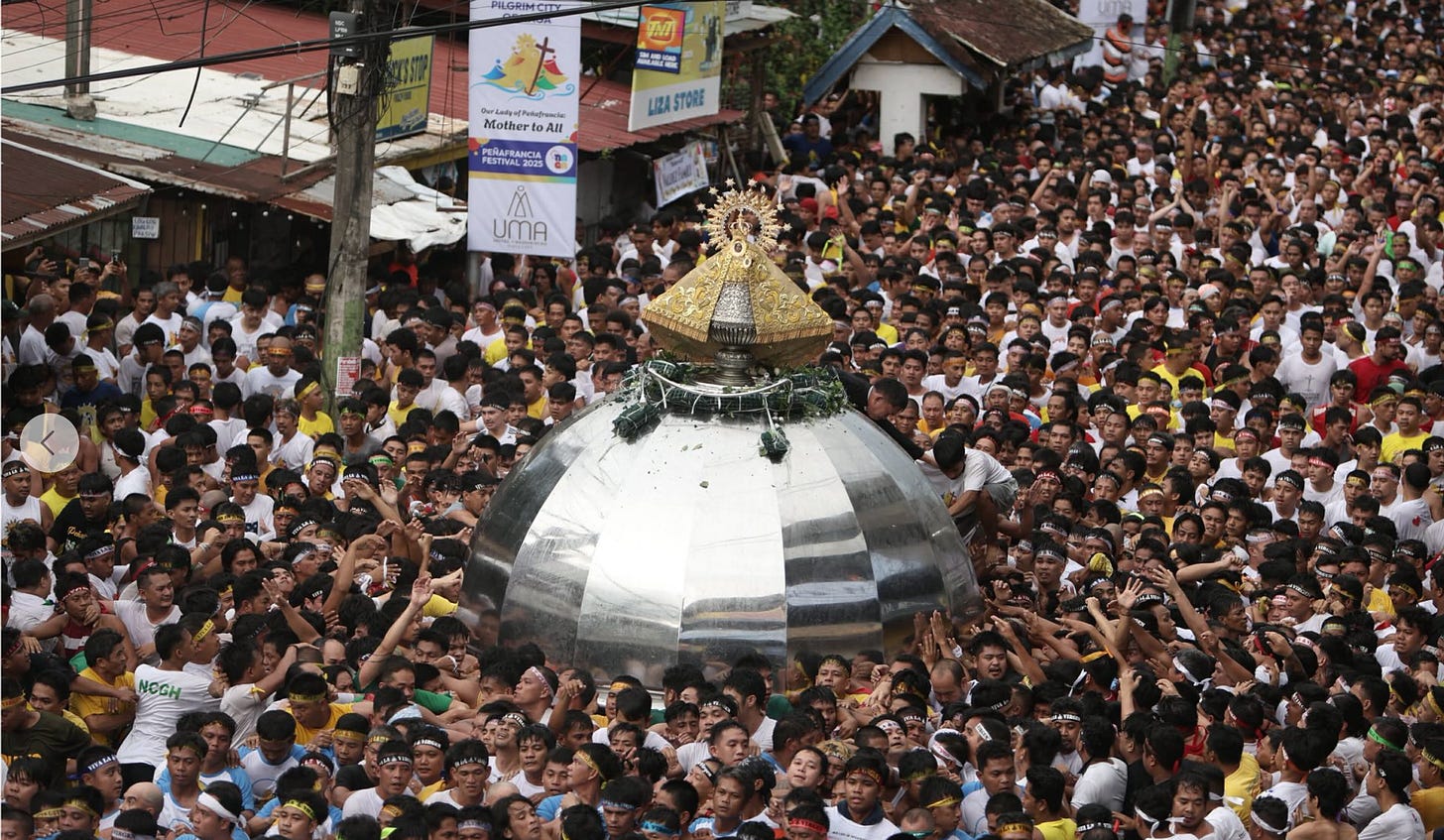
By noon, the procession officially begins. Devotees stake out their spots along the route, while volunteers set up water stations and first aid tables. Fire trucks and ambulances stand ready, and soldiers take their posts for order and safety.

At the Basilica, thousands of voyadores—barefoot male devotees in simple shirts—gather to carry Ina’s image on their shoulders. Around them, hundreds of thousands of devotees, pilgrims, and tourists wait with bated breath. They know what’s coming: the surge of the crowd, the unstoppable tide of faith and fervor.
This year, the procession began at noon, but it wasn’t until five hours later that we finally caught a glimpse of Ina from afar. The moment She appeared, chants of “Viva la Virgen!” echoed, hands clapped, and white and yellow handkerchiefs are waved with the excited cheers of devotees.
It lasted only a few minutes before She disappeared from sight, but no one complained. That is the depth of love of the children of Ina: a devotion so strong, people will wait hours for just a fleeting moment with Her.
The Fluvial Procession
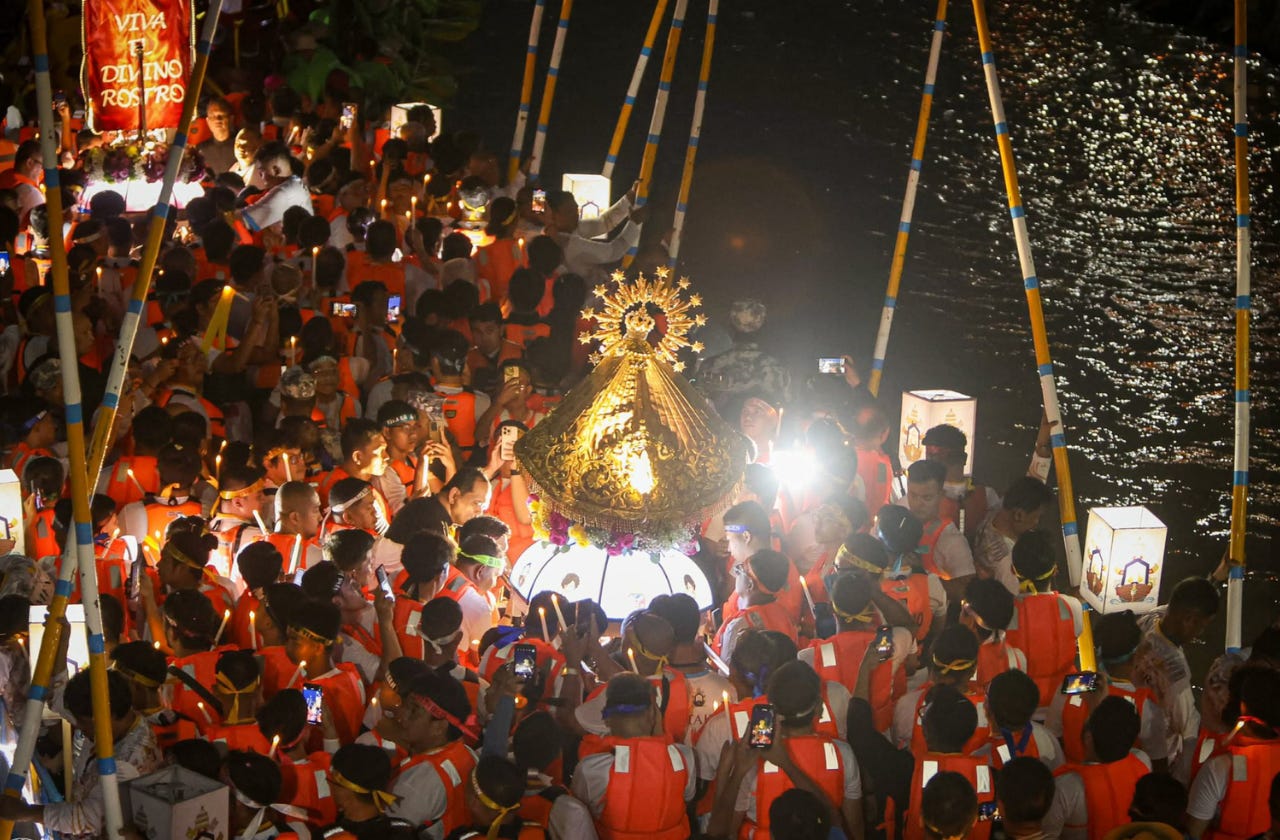
After the ninth and final day of the Novena comes one of the most anticipated highlights of the Peñafrancia Festival—the Fluvial Procession.
This time held in the waters of Naga River, Ina’s image, together with that of Divino Rostro, will be placed on a huge floating barge called a pagoda adorned with flowers, candles, and lights. It will be surrounded by a fleet of colorful boats filled with devotees.
As the river glitters in the afternoon light and the pagoda floats towards the Basilica, thousands of people line the banks, waving handkerchiefs, praying and chanting “Viva la Virgen!” as Ina makes her way back to the Basilica. It is one of the most moving sights of the celebration—faith carried by water, a tradition that has endured for three centuries.
Pride, Pageantry, and Parades
The Peñafrancia Festival is also about community and celebration. The Miss Bicolandia Pageant happens during the festival where contestants represent both beauty and Bicolano pride. Crowds gather in excitement for the coronation of the region’s ambassadress.
Another highlight of the Peñafrancia Festival is the Civic and Military Parade. It’s one of the grandest spectacles of the celebration, bringing together schools, civic groups, and uniformed services in a colorful show of unity and discipline.
On parade day, the streets of Naga come alive with marching bands, floats, and cheering crowds, and the students’ proud display becomes not just a rite of passage, but also a contribution to the spirit of community that defines the festival.
And of course, no fiesta in Naga would be complete without the makeshift carnival that springs to life every September. With ferris wheels, rides, game stalls, and street food, it was a place of joy for families and kids—a lighter, playful counterpart to the solemn processions.
The fiesta doesn’t stop there as more events are set to follow until the end of September: Marian Youth Congress trade fairs, street parades and competitions, fun runs, and cultural shows.
All of these events truly combine Bicol’s faith and culture for a community of maogmang tao (happy people). Peñafrancia Fiesta is a time to honor our Ina, to give thanks for blessings, and to celebrate the bond between the Bicolano faith, family, culture, and community.



